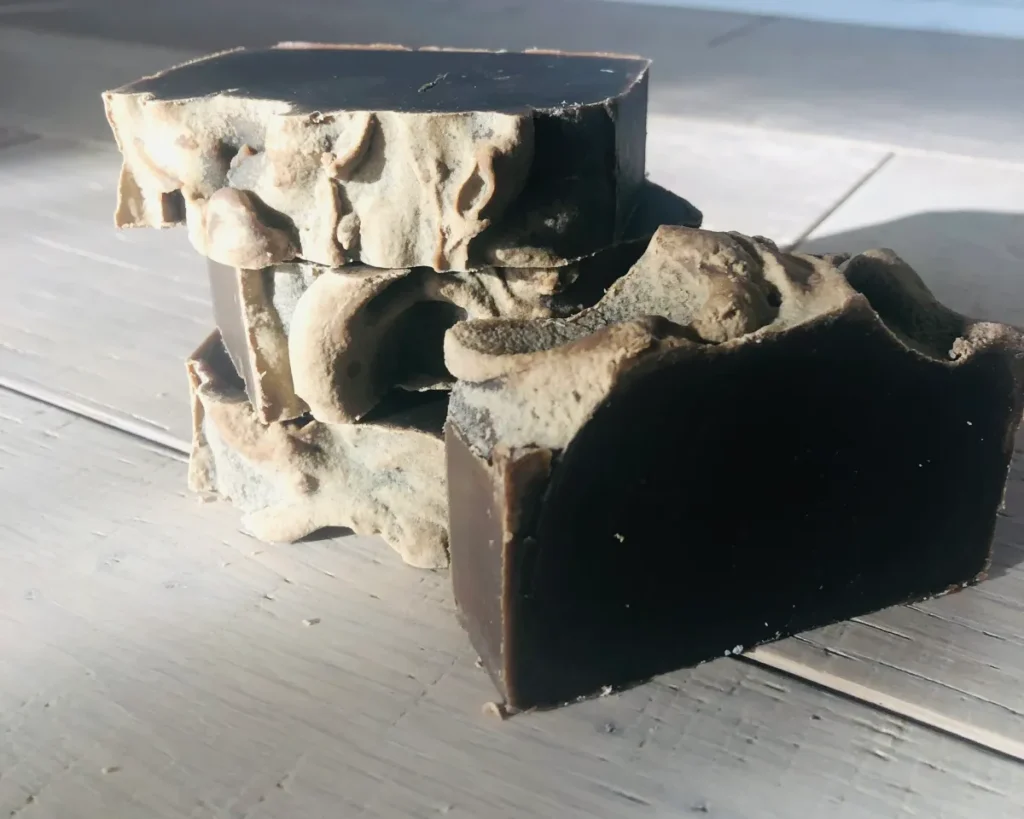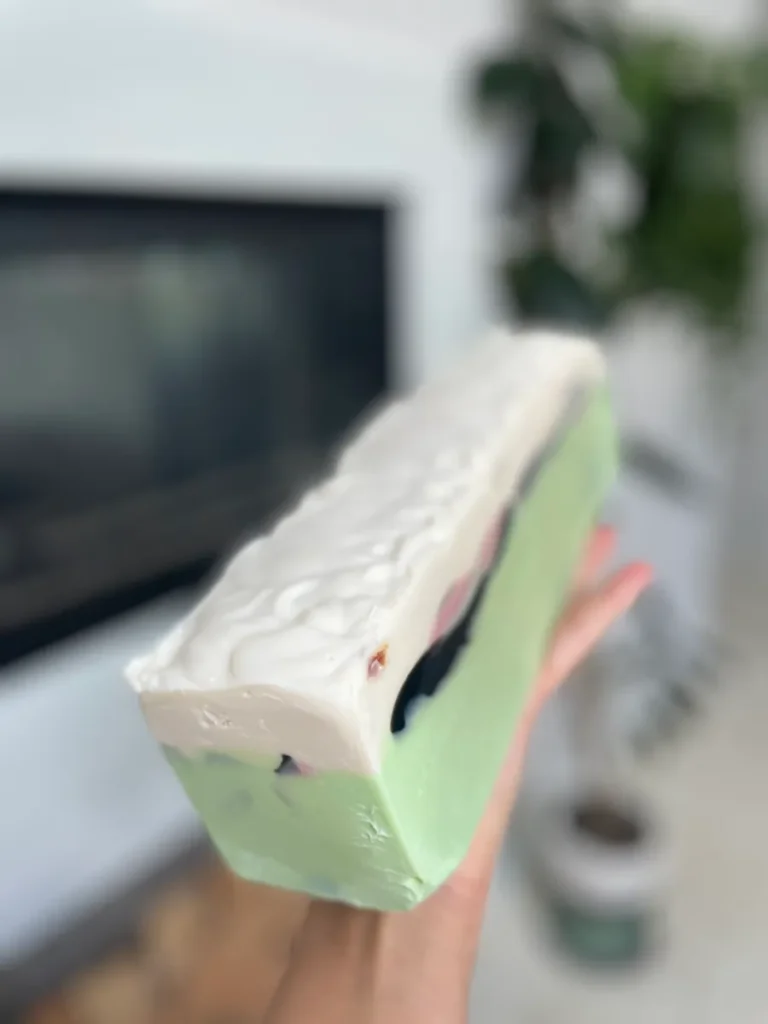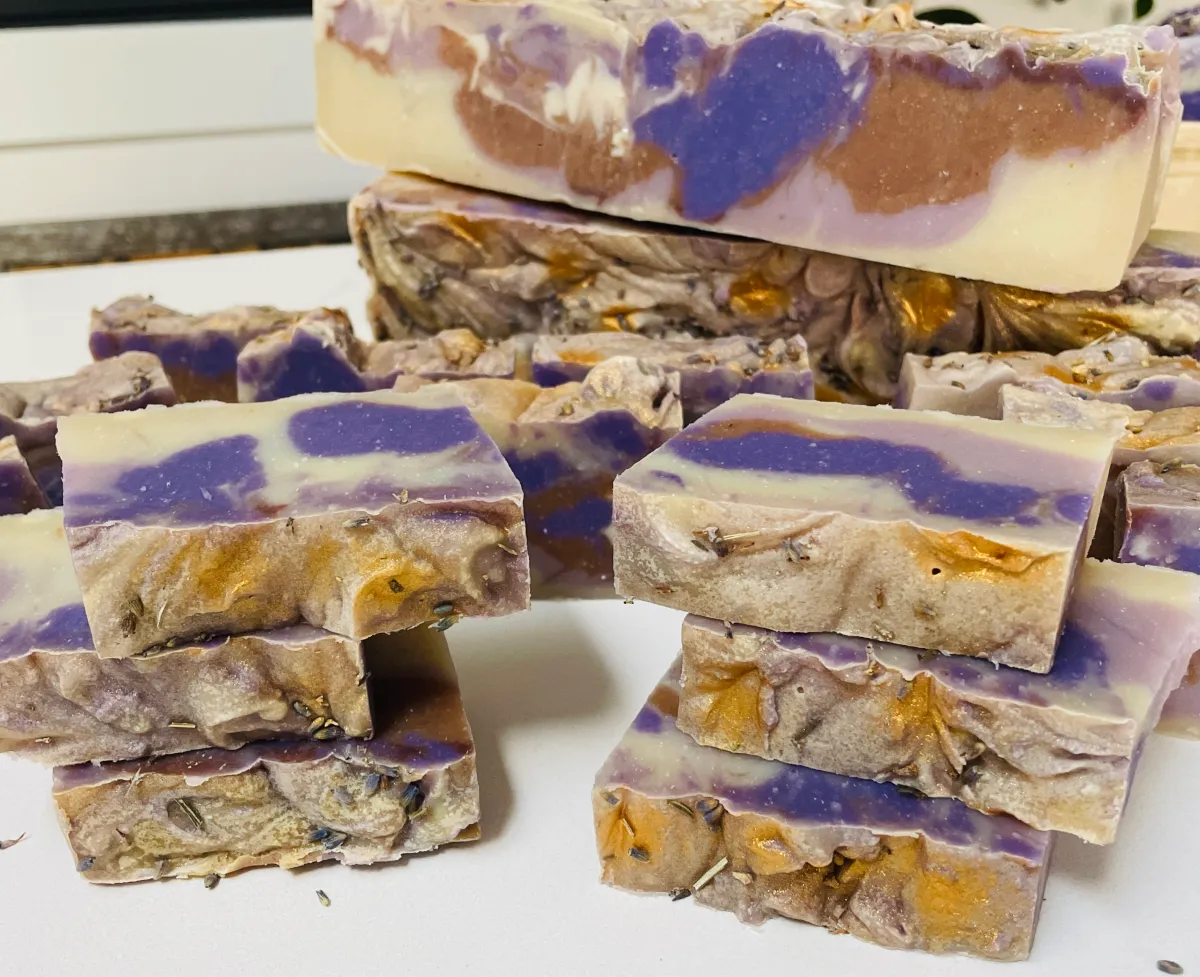Why does soap work so well on the new coronavirus and, indeed, most viruses? Because it is a self-assembled nanoparticle in which the weakest link is the lipid (fatty) bilayer.
That sounds scientific. Let me explain.
Soap dissolves the fat membrane, and the virus falls apart like a house of cards and “dies,” or rather, it becomes inactive as viruses aren’t really alive. Viruses can be active outside the body for hours, even days.
Disinfectants, or liquids, wipes, gels and creams containing alcohol (and soap) have a similar effect but are not as good as regular soap. Apart from alcohol and soap, antibacterial agents in those products don’t affect the virus structure much. Consequently, many antibacterial products are basically just an expensive version of soap in how they act on viruses. Soap is the best, but alcohol wipes are good when soap is not practical or handy, for example in office reception areas.
Soap outcompetes the interactions between the virus and the skin surface, and the virus gets detached and falls apart like a house of cards.

Supramolecular chemistry
But why, exactly, is soap so good? To explain that, I will take you through a journey of supramolecular chemistry, nanoscience and virology. I will try to explain this in generic terms, which means leaving out special chemistry terms.
I have always been fascinated by viruses, as I see them as one of them most spectacular examples of how supramolecular chemistry and nanoscience converge.
Most viruses consist of three key building blocks: RNA, proteins and lipids.The RNA is the viral genetic material — it is similar to DNA. The proteins have several roles, including breaking into the target cell, assisting with virus replication and basically being a key building block (like a brick in a house) in the virus structure.
The lipids then form a coat around the virus, both for protection and to assist with its spread and cellular invasion. The RNA, proteins and lipids self-assemble to form the virus. Critically, there are no strong “covalent” bonds holding these units together.
Instead, the viral self-assembly is based on weak “non-covalent” interactions between the proteins, RNA and lipids. Together, these act together like Velcro, so it is hard to break up the self-assembled viral particle. Still, we can do it — with soap!
Most viruses, including the coronavirus, are between 50-200 nanometers — so they truly are nanoparticles. Nanoparticles have complex interactions with surfaces they are on; it’s the same with viruses. Skin, steel, timber, fabric, paint and porcelain are very different surfaces.
When a virus invades a cell, the RNA “hijacks” the cellular machinery like a computer virus and forces the cell to make fresh copies of its own RNA and the various proteins that make up the virus.
These new RNA and protein molecules self-assemble with lipids (readily present in the cell) to form new copies of the virus. That is, the virus does not photocopy itself; it makes copies of the building blocks, which then self-assemble into new viruses.
All those new viruses eventually overwhelm the cell, and it dies or explodes, releasing viruses that then go on to infect more cells. In the lungs, viruses end up in the airways and mucous membranes.
When you cough, or especially when you sneeze, tiny droplets from the airways can fly up to 30 feet. The larger ones are thought to be main coronavirus carriers, and they can go at least 7 feet. So, cover your coughs and sneezes!
Skin is an ideal surface for viruses

These tiny droplets end up on surfaces and dry out quickly. But the viruses are still active. What happens next is all about supramolecular chemistry and how self-assembled nanoparticles (like the viruses) interact with their environment.

Hand sanitizers don’t eliminate everything
Applying hand sanitizer may be easier, but even the ones with sufficient alcohol content cannot remove all types of bacteria and viruses.
Soap and water are far more effective at removing such common illness-causing germs as cryptosporidium, norovirus and Clostridium difficile. Soap also washes away bacteria as well as other viruses that are even tougher than coronaviruses.
Studies show that hand sanitizers work well in clinical settings, where hands are not heavily soiled or greasy. But in work and community settings — where people handle equipment, food or play sports — sanitizers can’t clean thoroughly enough. Moreover, hand sanitizer is ineffective if too little is applied or it is wiped off before it has dried completely.
Hand sanitizers also probably cannot remove or inactivate harmful chemicals we may come into contact with. In one study, people who reported using hand sanitizer to clean their hands were found to have increased levels of pesticides in their bodies.
If you have touched harmful chemicals, experts recommend washing carefully with soap and water or as directed by a poison control center.
Bacteria resistance seen
Many studies show that sanitizers with alcohol concentrations between 60% and 95% are better at killing germs than those products with a lower concentration or or no alcohol.
Lesser concentrations of alcohol merely reduce the growth of germs rather than kill them outright.
More worrisome is that some bacteria have begun to show a tolerance to low amounts of ethyl alcohol.
Alcohol poisoning in kids
While alcohol-based hand sanitizers are safe when used as directed, they can cause alcohol poisoning if swallowed, particularly, if a person swallows more than a few mouthfuls.
U.S. poison control centers received nearly 85,000 calls about hand sanitizer exposures among children from 2011 to 2015.
For this reason, hand sanitizers should always be stored out of the reach of young children, and used only under adult supervision.

Why is soap more effective?
Soap combined with running water is by far the best way to eliminate germs from our hands. That’s because soap molecules, themselves, are very effective at destroying the surface membranes of some bacteria and viruses, including the novel coronavirus.
In addition, the lathering of hands and scrubbing thoroughly creates friction that helps lift and wash away dirt, grease and microbes under running water.
Soap takes a little time to work — at least 20 seconds to disinfect your hands completely. That’s about the time it takes to sing the “Happy Birthday” song twice.
So hum or sing along as you follow the CDC’s recommended handwashing steps:
- Wet your hands with clean running water (warm or cold) and apply soap.
- Lather your hands by rubbing them together with the soap.
- Scrub all surfaces of your hands, including the palms, backs, fingers, the skin between your fingers and also under your nails.
- Rinse your hands under clean, running water that is not too hot to tolerate.
- Dry your hands using a clean towel or air dry them.
These steps can make all the difference in protecting you and your loved ones.
When to wash
Handwashing isn’t a one-and-done exercise. Good hand hygiene throughout the day is vital to protecting your health as well as that of others.
We touch many things in the course of a day, picking up all manner of grime and germs. The CDC recommends washing your hands:
- Before, during, and after preparing food
- Before eating food
- Before and after caring for someone who is sick
- Before and after treating a cut or wound
- After using the bathroom, changing diapers or cleaning up a child who has used the bathroom
- After blowing your nose, coughing or sneezing
- After touching an animal, animal food or treats, animal cages or animal waste
- After touching garbage
- If your hands are visibly dirty or greasy
Protecting your skin
Because all that handwashing can leave your skin red, chapped and even cracked, the American Academy of Dermatology recommends hydrating your hands immediately after washing.
Apply a pea-sized amount of hand cream or ointment to your skin, and work it into your skin thoroughly, including fingertips and fingernails.
Try our outstanding Hand Cream https://zenchemylab.ca/product/bee-pollen-hand-cream




